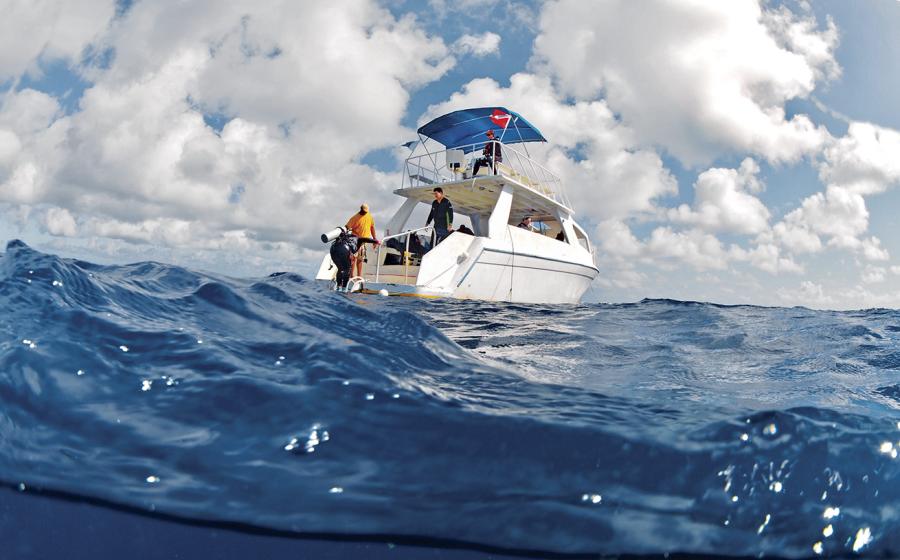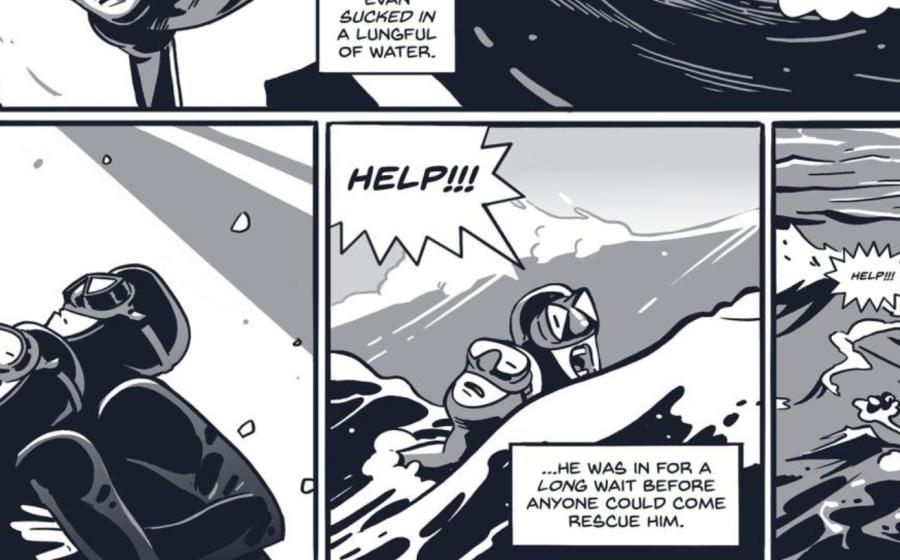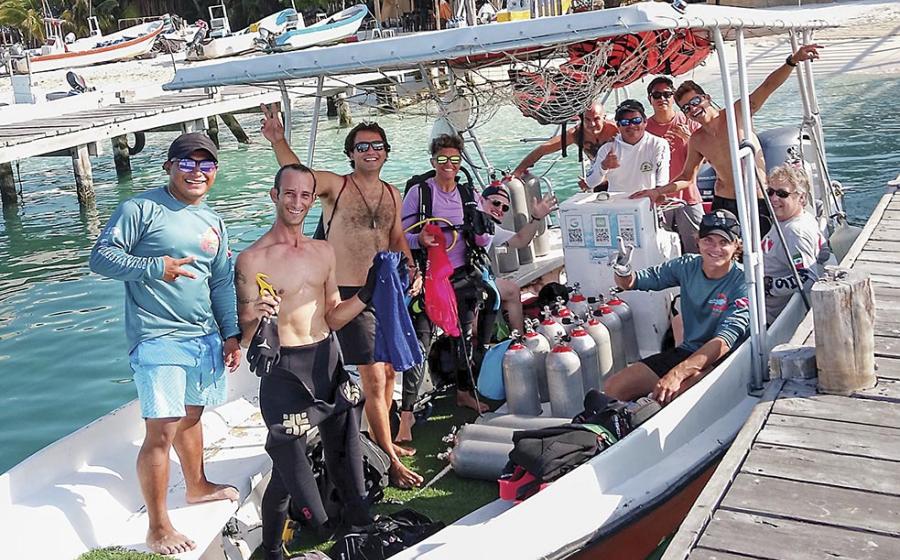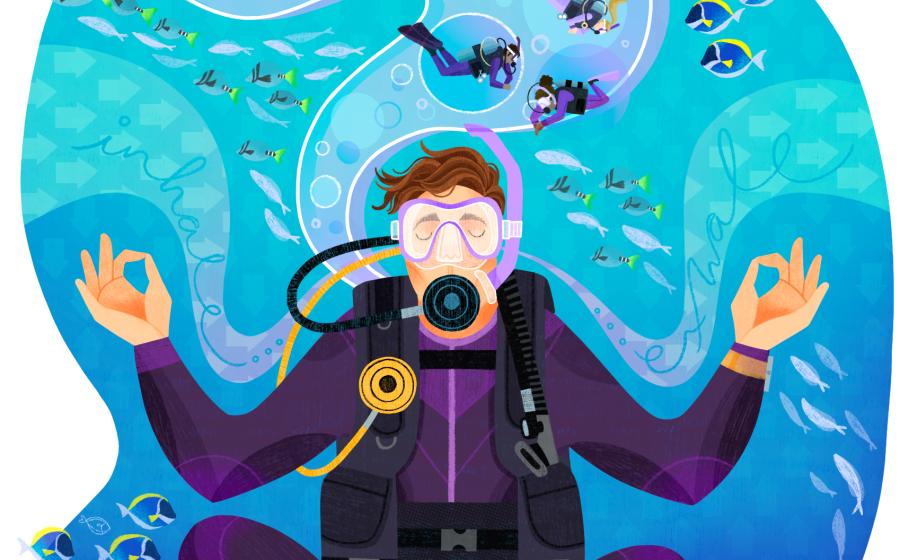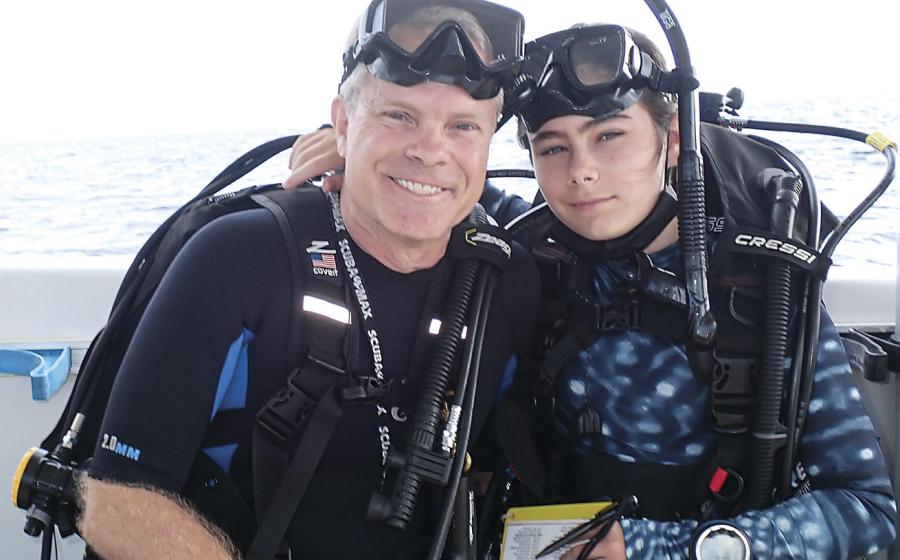For The Love Of Sharks: What I Learned During a Week at ‘Shark School’

Julia Wester/Field SchoolParticipant and article author Tiffany Duong (right) learns how and where to measure a blacknose shark for proper scientific workups.
Docked at Miami’s Rickenbacker Marina is a little research vessel that packs a big punch. The R/V Garvin, originally a tech diving boat, is now home to a shark Field School driven by one goal: to get you into the field.
In May, I found myself aboard the Garvin, participating in the inaugural Ocean Science Communications Masterclass run by Field School and marine biologist Dr. David Shiffman. The six-day experience changed how I think about and advocate for the ocean.
Taking part in the science showed me how complex and nuanced the process actually is, and interacting directly with these animals helped me better understand them. Field School offers a variety of courses, from Introduction to Tropical Marine Research to a coding workshop for ecological research, all of which start with the basics of fieldwork at sea. Closed-toed shoes are necessary, as are sun protection, lots of water and a willingness to get a little fishy.
“Science is a really beautiful, hard, curiosity-driven, slightly obsessive kind of work, and I think many students leave with a different view of it than they’ve gotten from a university classroom,” says Field School director Dr. Catherine Macdonald.
The experience enriched Brittani Wodicka, a University of South Florida marine biology graduate. “This was my first time on a research vessel and handling sharks,” she said. “Sharks have been my favorite animals since I was a kid, but I’ve lived landlocked most of my life. I loved being able to finally feel the rough skin I read about and look up close at a shark's anatomy.”
During our week, we had many firsts: pulling seine nets across Biscayne Bay, feeling the dermal denticles on rough shark skin, baiting fishing lines at dawn and learning how to fully work up a variety of shark species. This included taking fin clips for genetic sampling and blood to measure stress responses. Taking blood samples from the sharks we caught blew my mind even before I learned they are used to measure stress levels from human-shark interaction. That data then informs marine policies for urban areas that benefit both sharks and humans.

Tiffany Duong / Ocean RebelsDuong uses a pipette to move shark blood from the collection vial into a test tube for further testing.
I also performed my first biopsy on a medium-sized blacknose shark. My heart raced as I placed one hand on the rough skin and held the biopsy tool in the other. (A good biopsy, in case you are wondering, requires punching a small hole into the shark’s skin, followed by an “ice cream scooper” motion with your hand to dig out clean tissue. It’s pretty nerve-wracking.) Holding my breath, I pushed firmly and felt a pop when the tool pierced the shark. I mentally apologized, even though the staff assured me the process doesn’t hurt them. They held the animal still until I isolated the tiny circle of skin, fat and muscle into a small test tube. Success!
Biopsies help determine feeding ecology and trophic position, Macdonald explains. In lay terms, from this scrap of tissue, she can tell what the shark eats and where it sits within the marine food chain.
At the same time as my inaugural biopsy, my fellow participants completed the rest of the data collection, taking various measurements of length and girth to calculate growth rates and getting a fin clipping for genetic testing. Excited and efficient, we did all of that in under five minutes — not bad for a group of strangers who boarded the boat that same week with few field skills.
Between shark samples, Shiffman drove home how to broadcast the Field School’s lessons when we were back on land to further ocean conservation.
In an exercise in misinformation, he presented three popular and inaccurate ocean stories: all fisheries are in collapse, there’s more plastic than fish in the ocean, and we will run out of fish by 2048. Incorrect yet viral “science facts” like these do create chatter about the woeful state of the oceans.
But, unfortunately, it’s not always a productive conversation, Shiffman warns. “If people misunderstand what the problem is, they will endorse the wrong solutions,” he says. “Science communication is not just about sharing facts, because people make decisions based on much more than facts. You have to meet people where they are” to help them understand and care.

Field SchoolField School staff and participants share one last sunset aboard the R/V Garvin.
Sharks and other ocean creatures need us to spread accurate narratives people can relate to. This can generate the public buy-in scientists need to get effective policies passed.
I left shark school with an entirely different perspective on these apex predators and those who study them. As someone who hasn’t attempted science for decades, I was surprised by how fun and rewarding the process is. I will never forget how smelly baitfish leave your hands, how powerful shark movements are, and how exhilarating it feels to be on the cutting edge of conservation.
Learning the ‘why’ behind all this shark science made everything click. As humans, we often feel distinct from our surroundings. The reality is, in places like Miami, we are a part of coastal ecosystems. We affect marine life and ocean health, and what happens below the surface impacts us. Science and how we share it help us understand what the future holds—for sharks and the humans living near them.






